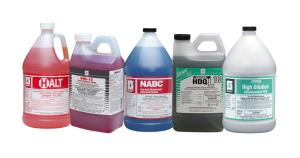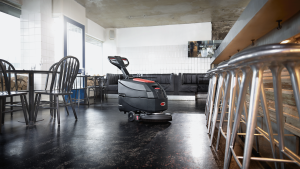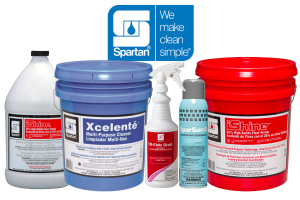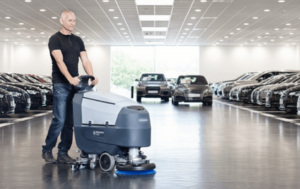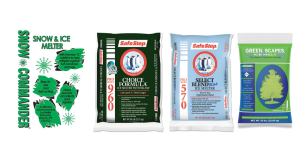Infection prevention has always been a goal of cleaning programs in every industry, but it’s become a critical necessity since the COVID-19 pandemic began in 2020. The public now (rightfully) demands higher levels of cleanliness, and facility managers are looking for safer, more sustainable approaches to cleaning that result in healthier spaces. Following these tips can help you create a greener cleaning program that is better for the environment while effectively reducing the risk of infection throughout the pandemic and beyond.
Evaluate Your Cleaning Chemicals
This is a good place to start because chemicals are present in nearly every cleaning process. Take a serious look at yours, considering their range of use, EPA registration, safety data, cost, application, contact time and efficacy.
Eliminate those that don’t meet a high ideal and replace them with safer alternative solutions that can serve multiple purposes. The benefits of this are many: you’ll reduce overall chemical usage, eliminate failure points by simplifying your routine and even save on training.
Look for low-toxicity solutions by examining safety data sheets, and keep your efficacy standards high. There’s no need to lower them with today’s advanced formulas that offer superior performance against prevalent pathogens in shorter contact times than ever before.
Reduce Cross-Contamination Risks
Slow the spread of germs in your facility by utilizing touchless electrostatic sprayers for complete surface disinfection, using disposable wipes when possible and color-coding your cleaning supplies.
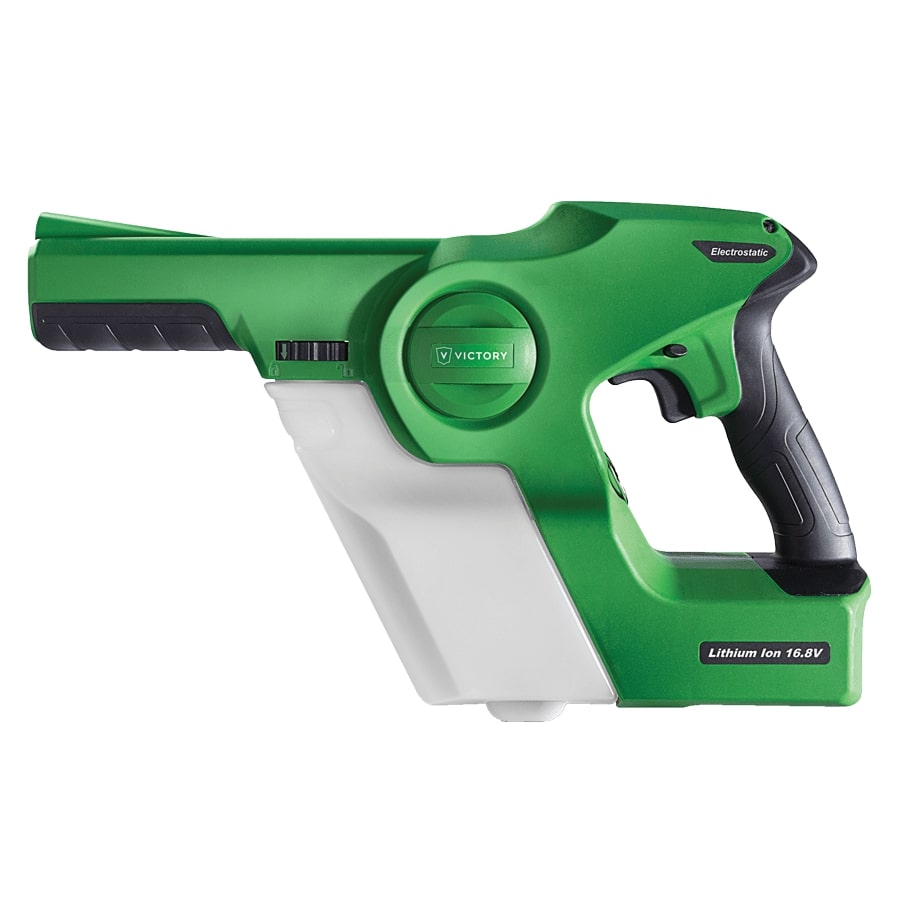
The cordless Victory Electrostatic Sprayer saves time, labor and chemicals while covering more surfaces faster than traditional disinfection. No nook or cranny is safe because the sprayer’s technology provides an electrical charge to disinfectant, allowing it to wrap surfaces with effective, complete and even coverage. And it all takes far less time and effort than traditional disinfecting with a spray bottle.
Prep Your Staff on Protocols and Usage
Think about your current cleaning protocols and what changes need to be communicated to your staff. Your targeted education may include application, dilutions, labels, SDS, personal protective equipment and chemical differentiators. Cover dwell times and best practices for effective disinfection.
Following these steps to foster safer infection prevention practices may be challenging, but it will pay off through a greener, healthier future.
Interested in learning more?
Schedule your free demo today!
If you’d like to learn more about our cleaning products and janitorial equipment in Louisville, contact us today to schedule your free demo!
